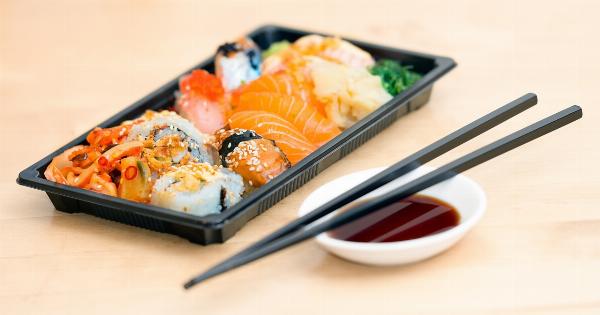Introducing solid foods to your baby is an exciting and crucial milestone in their growth and development.
While there are various food options available, many parents consider adding fish to their baby’s diet due to its numerous nutritional benefits. Fish is a great source of protein, omega-3 fatty acids, and essential vitamins and minerals. However, it is essential to follow proper guidelines and precautions to ensure the safety and health of your little one.
In this article, we will discuss everything you need to know about feeding fish to your baby.
When can you introduce fish?
Before introducing fish to your baby’s diet, it is recommended to consult with your pediatrician. Generally, most babies can start consuming fish around six to eight months of age.
However, it’s crucial to consider your baby’s readiness for solid foods and their individual developmental stage before introducing fish or any other new food. Your pediatrician will guide you based on your baby’s specific needs.
Choosing the right fish
When it comes to feeding fish to your baby, it is important to choose the right kind of fish. Certain types of fish may contain high levels of mercury, which is harmful to infants.
It is best to opt for fish that are low in mercury and safe for consumption by babies. Some suitable options include:.
- Salmon
- Trout
- Tilapia
- Cod
- Haddock
These varieties of fish are generally considered safe for babies and offer a good balance of nutrients.
Preparing fish for your baby
When preparing fish for your baby, it’s essential to follow proper hygiene and cooking practices. Here are some guidelines to keep in mind:.
- Always wash your hands before handling fish.
- Ensure the fish is fresh and of high quality.
- Remove any bones from the fish thoroughly.
- Cook the fish until it is tender and flakes easily, ensuring it is thoroughly cooked.
- Avoid adding any seasoning, spices, or sauces that may be too strong for your baby’s taste buds.
Preparing fish purees
One of the most common ways to introduce fish to your baby is through purees. Here’s how you can prepare a nutritious fish puree:.
- Start by steaming or baking the fish until it is cooked and tender.
- Once done, remove any bones and flake the fish into small pieces.
- Blend or mash the cooked fish with a little breast milk, formula, or water to achieve the desired consistency for your baby.
- Gradually increase the texture as your baby becomes more comfortable with solid foods.
Offering fish finger foods
As your baby grows older and develops their chewing skills, you can introduce fish finger foods. This allows them to explore different textures and self-feed. Here’s how you can prepare fish finger foods:.
- Cut the cooked fish into small, bite-sized pieces.
- Coat the fish pieces with a thin layer of flour or breadcrumbs for added texture.
- Heat a small amount of oil or butter in a pan and cook the fish pieces until they are golden brown and crispy.
- Allow the fish to cool before serving it to your baby.
Food safety precautions
When it comes to feeding fish to your baby, it’s crucial to prioritize their safety. Here are some food safety precautions to adhere to:.
- Always supervise your baby during mealtime.
- Ensure that the fish is cooked thoroughly to kill any harmful bacteria.
- Do not offer raw or undercooked fish to your baby.
- Avoid using any ingredients that your baby may be allergic to.
- Introduce new fish gradually and observe for any adverse reactions.
Benefits of feeding fish to your baby
Feeding fish to your baby comes with a range of benefits:.
- Important source of protein: Fish is a high-quality protein option that aids in cell growth and repair.
- Omega-3 fatty acids: Fish is rich in omega-3 fatty acids, which support brain development and promote a healthy nervous system.
- Essential vitamins and minerals: Fish contains essential vitamins and minerals like vitamin D, vitamin B12, iodine, and zinc, which contribute to overall growth and development.
- Reduced risk of allergies: Introducing fish at an early age may help reduce the risk of developing allergies later in life.
Common concerns and considerations
While introducing fish to your baby’s diet is generally safe and beneficial, there are a few common concerns and considerations:.
- Allergies: Fish is a common allergen, so it’s important to monitor your baby for any signs of an allergic reaction, such as hives, difficulty breathing, or swelling.
- Texture acceptance: Some babies may take time to adapt to the texture of fish. Be patient and keep offering it in different forms and textures.
- Mercu-ry concerns: As mentioned earlier, choosing low-mercury fish options helps minimize any potential mercury exposure.
Conclusion
Feeding fish to your baby can be a nutritious and exciting addition to their diet. It is important to choose fish varieties that are low in mercury, prepare it properly, and follow food safety guidelines.
Remember to consult with your pediatrician before introducing fish to your baby and monitor their reactions closely. When introduced at the right time and in appropriate forms, fish can provide essential nutrients and contribute to your baby’s overall growth and development.































